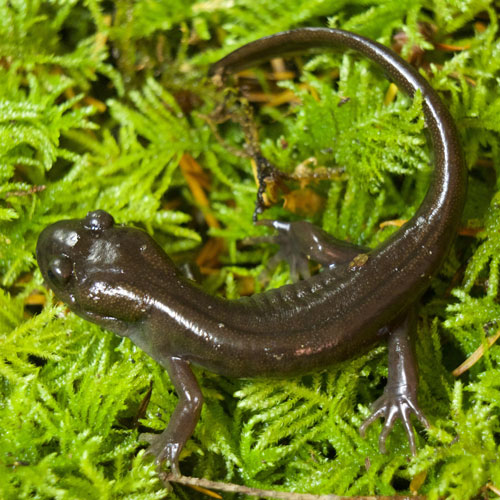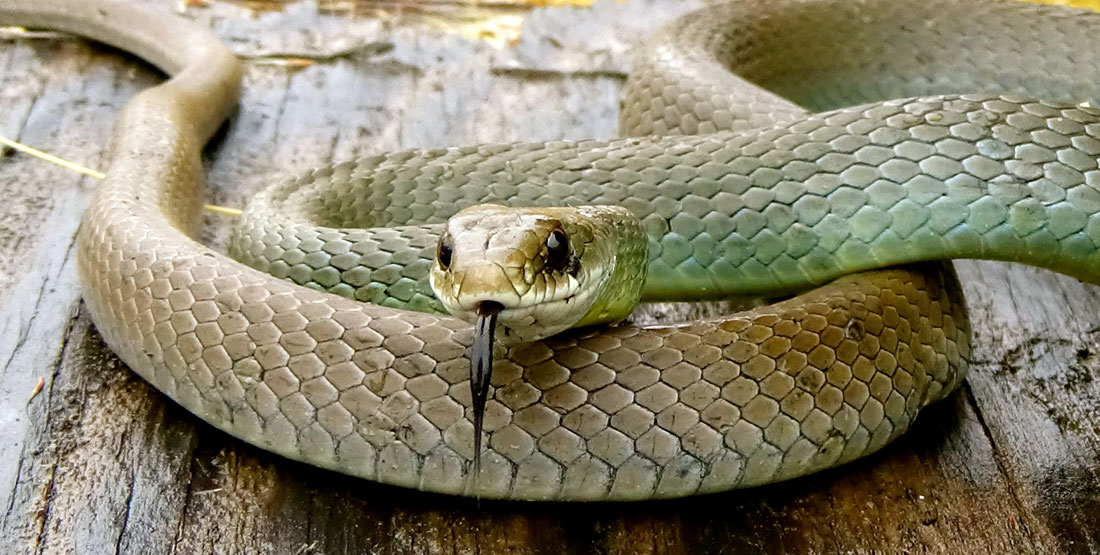Fast Facts
Where they live
- View a map of where they live.
- Racers can be found from southern Canada to Guatemala.
- There are many subspecies of racers, each of which have very different ranges.
- The western yellow-bellied racer (Coluber constrictor mormon) is a subspecies that can be found in eastern Washington as well as California, Nevada, western Colorado, Oregon, and southern British Columbia.
- Racers are most often found in dry sunny areas with cover, including open woodland, open fields, hedgerows, thickets, and wood edges. They have also been seen in wetter areas like marshes, bogs, and lake edges.
What they eat
- Young racers start out eating small animals, mostly insects, spiders, small frogs, small reptiles, and young rodents.
- As they grow, they can eat larger animals, including nestling birds and their eggs, squirrels, small rabbits, small turtles, and larger snakes.
Breeding
- Sometime between June and early July, females search for a suitable nest site, which can include a rotted stump or log, old mammal burrow, or a nest cavity in leaf litter or sand.
- They lay 3-32 white oval eggs that will hatch in August or early September.
Cool Biology Facts
- Despite its name, racers usually move at a speed of only 4 miles per hour.
- If a predator manages to come really close, the racer will smear secretions from its scent glands all over its body.
Threats
- Racers are abundant in most places, although they are rare in Maine, Louisiana, and the Canadian province of Ontario and are given legal protection in those areas.
- Main threats include pesticide use, which threatens the insect-eating young, and habitat loss.
- View their status on the IUCN Red List of Threatened Species.

Amphibians & Reptiles of Washington
Do you know where rattlesnakes live in our state? Or which salamander breathes through its skin? Explore the fascinating diversity of the 26 species of amphibians and 28 reptiles found in Washington state.

